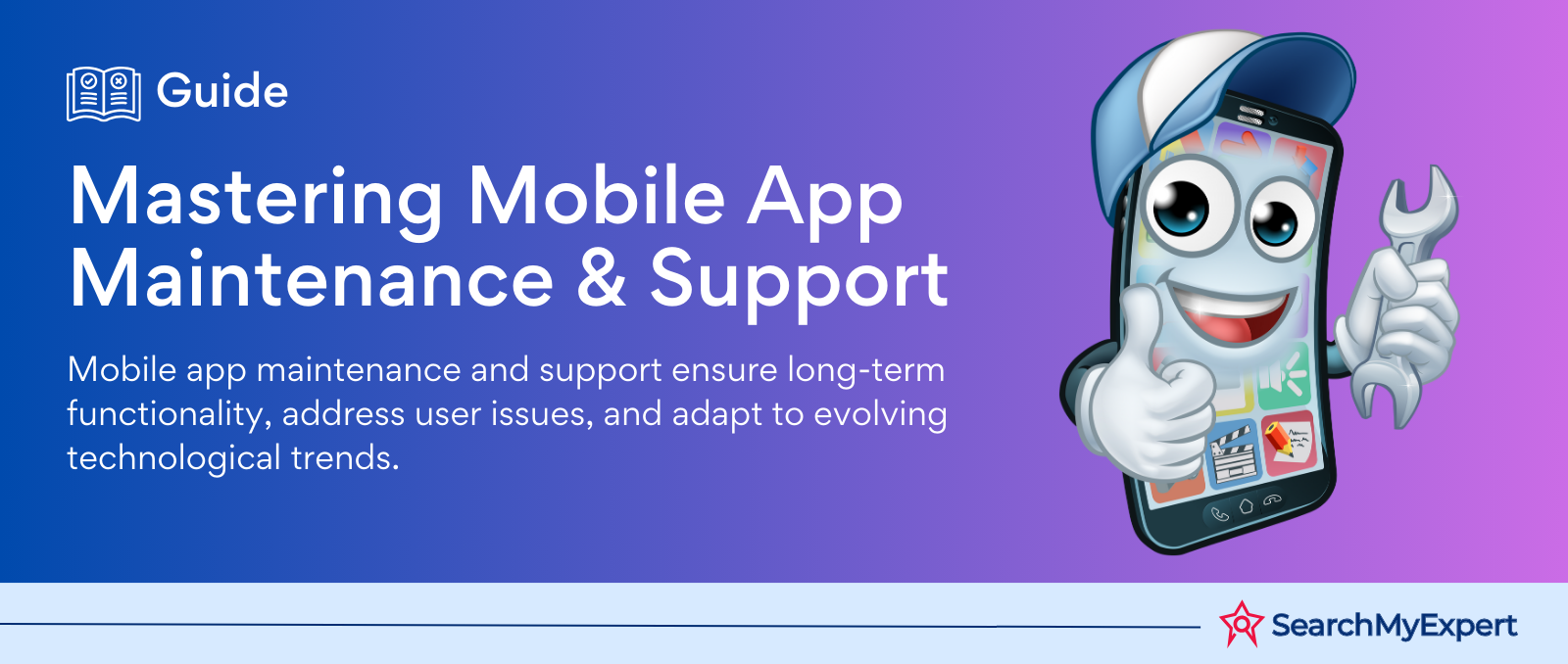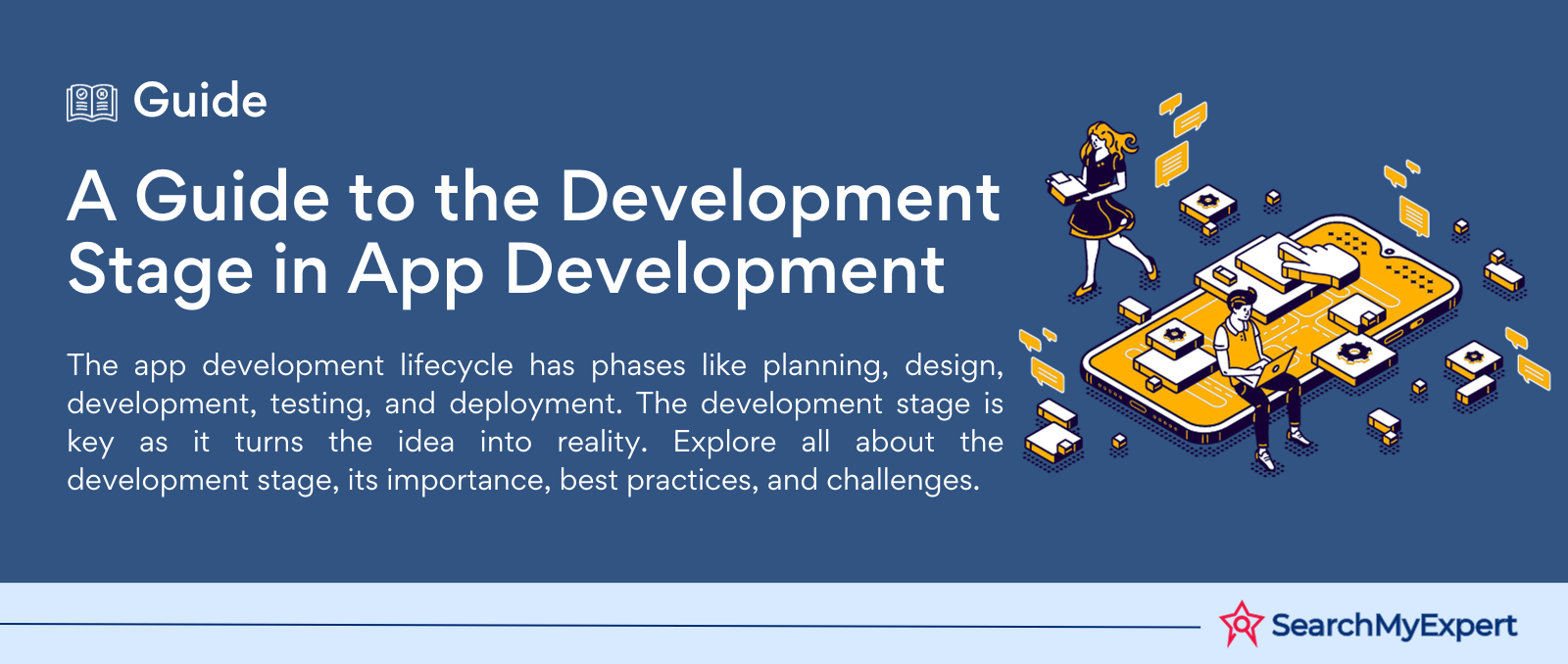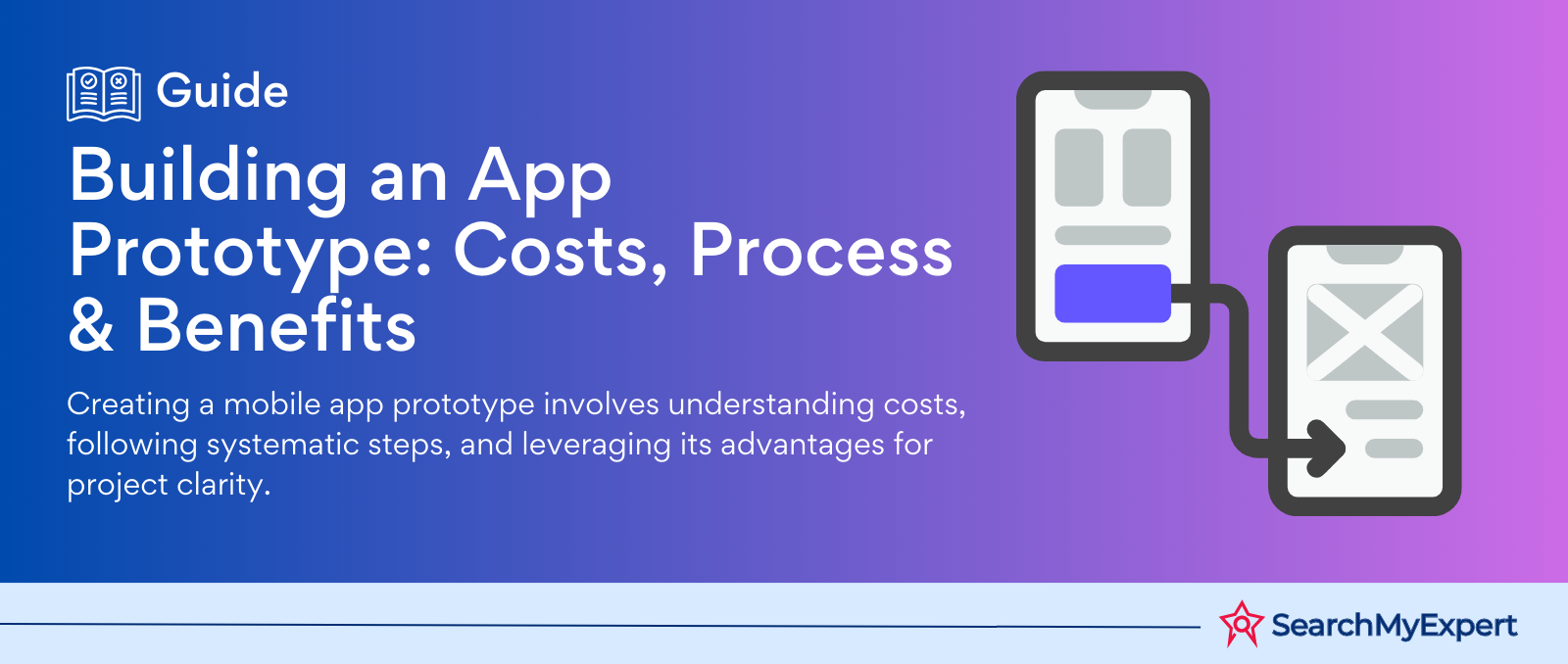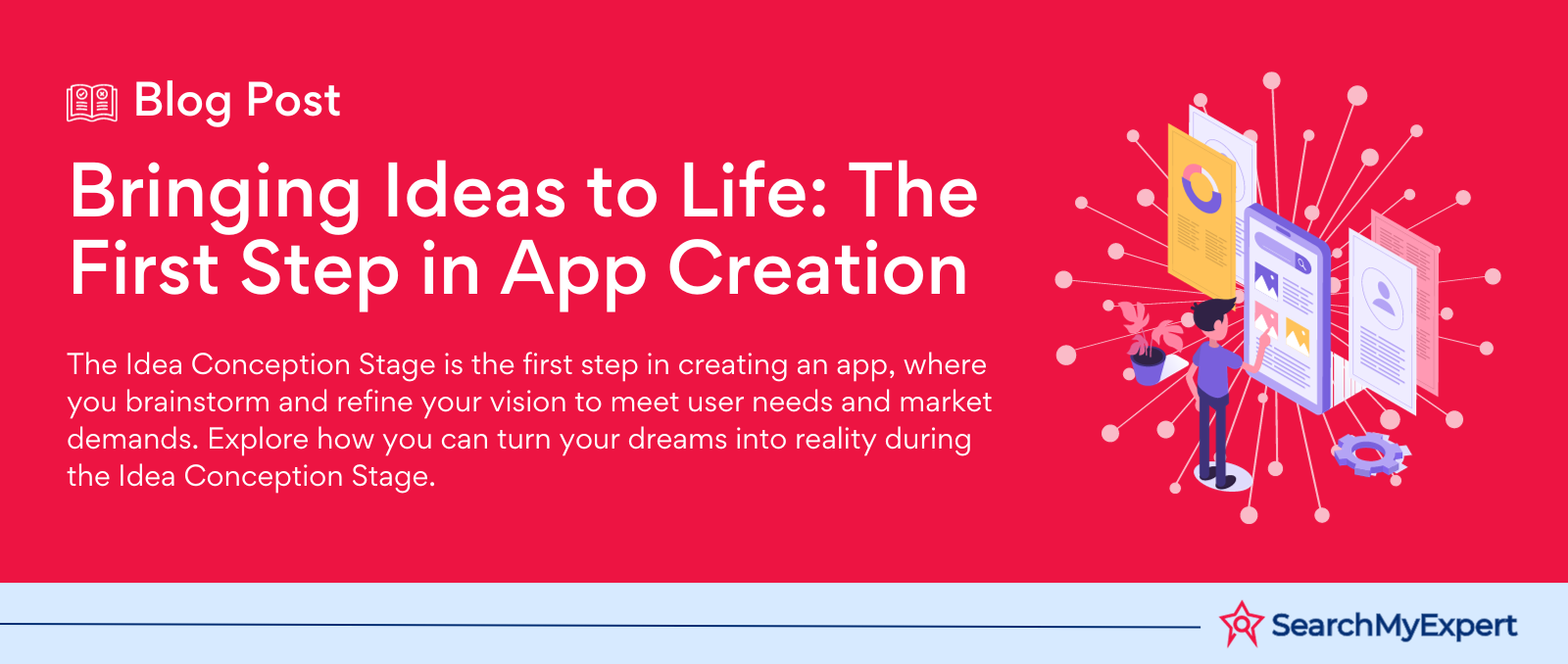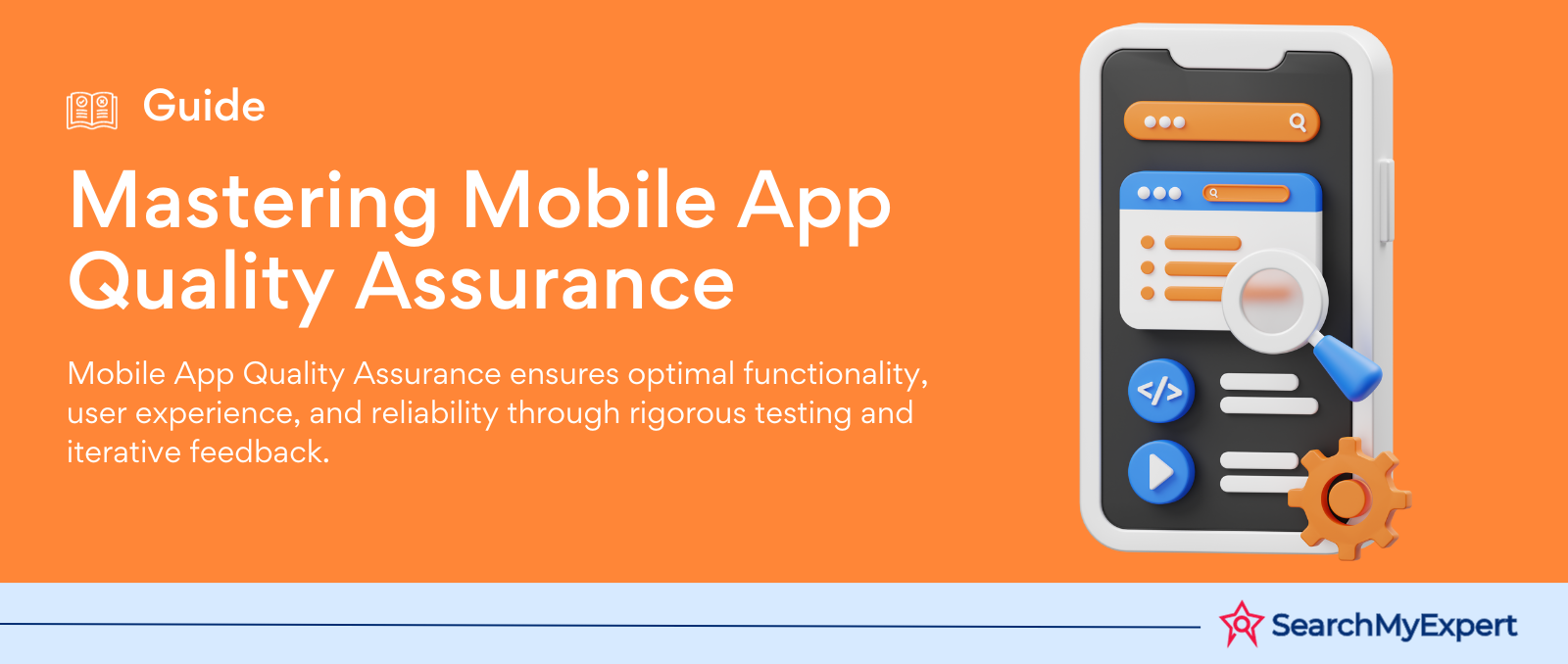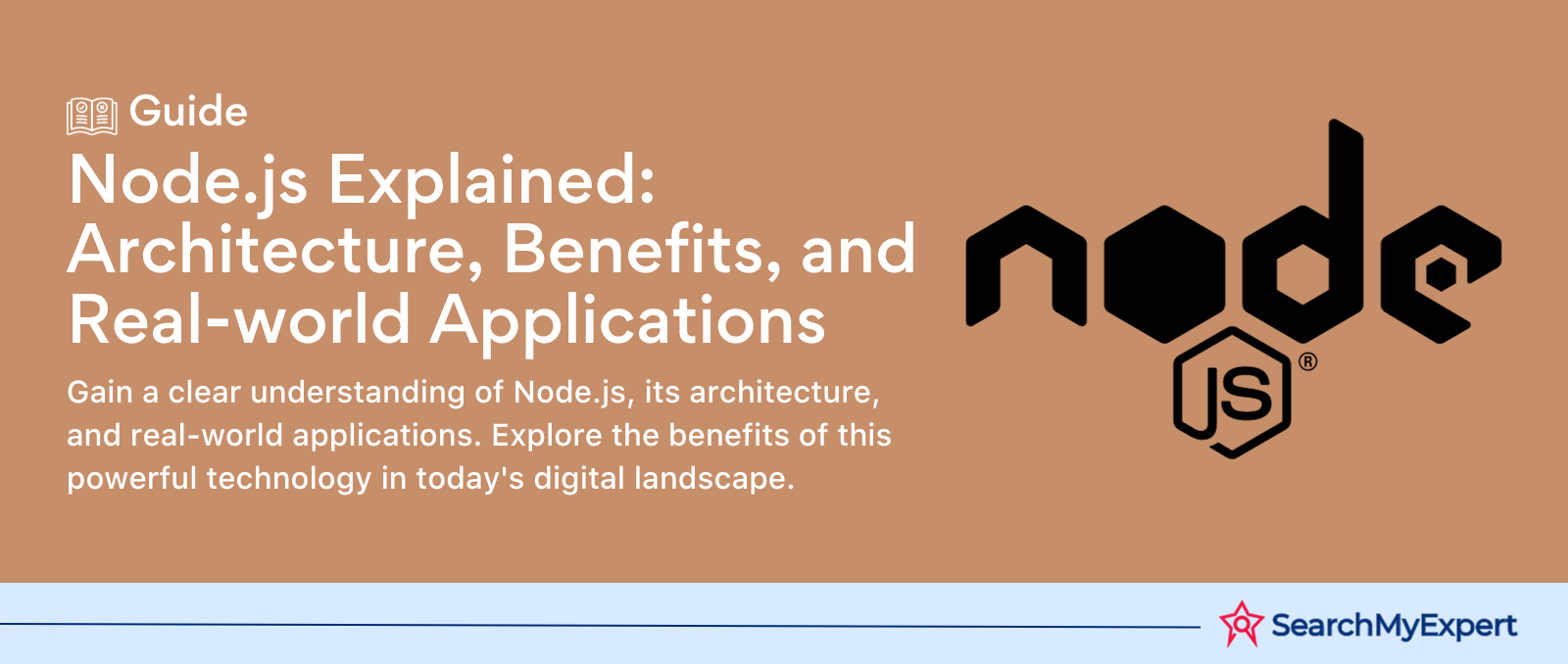A Comprehensive Success Guide for E-Commerce Scaling
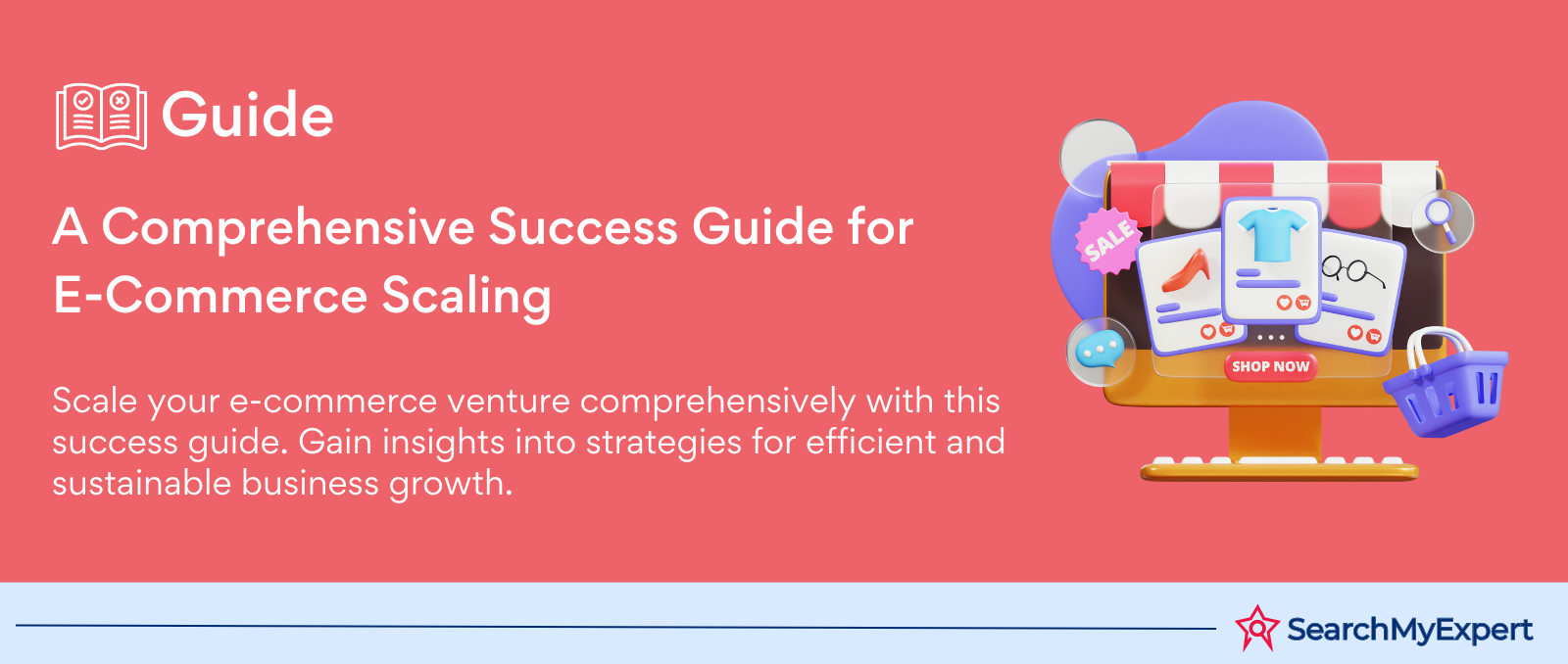
Understanding Scalability and Its Importance in E-commerce
Defining Scalability in E-commerce
Scalability in the realm of e-commerce refers to the ability of an online platform to handle increased loads without compromising on performance or user experience. This concept is crucial for e-commerce sites as it directly influences their capacity to grow, accommodate more users, manage larger volumes of transactions, and handle expansive data volumes. The key metrics to gauge scalability include:
- Concurrent Users: The number of users accessing the site simultaneously.
- Transactions Per Second (TPS): The number of transactions a system can process in a second.
- Data Volume: The amount of data the platform can store and process efficiently.
Impact of Scalability on Business Growth
Scalability is not just a technical requirement; it's a business necessity. Its impact on business growth is profound, as it enables e-commerce platforms to:
- Expand Customer Base: Scalable systems can support a growing number of customers, opening up new markets and opportunities for revenue growth.
- Enhance Customer Experience: Fast, responsive websites lead to higher customer satisfaction, increased engagement, and loyalty.
- Maintain Competitive Edge: In the fast-paced e-commerce sector, the ability to quickly scale operations can be a significant competitive advantage, allowing businesses to capitalize on trends and market demands efficiently.
Consequences of Inadequate Scalability
The pitfalls of neglecting scalability are numerous and can have immediate and long-term effects on an e-commerce business. Some of the potential consequences include:
- Downtime: Inability to handle traffic spikes can lead to website crashes, taking the business offline and directly impacting sales and reputation.
- Performance Bottlenecks: Slow page loads and transaction processing can frustrate users, leading to abandoned carts and lost sales.
- Lost Revenue: Every second of downtime or delay can translate into significant revenue loss, especially during peak shopping periods like Black Friday or Cyber Monday.
Assessing Your Current Architecture and Requirements for E-commerce Scalability
Evaluating E-commerce Platform Scalability
The foundation of enhancing your e-commerce platform's scalability begins with a thorough assessment of its current state. This evaluation involves understanding both the capabilities and limitations of your existing architecture. Key areas to focus on include:
- Performance Under Load: Analyzing how your website performs under varying levels of traffic and transactions. Tools like load testing can simulate high traffic to assess your platform's robustness.
- Database Scalability: Databases often become bottlenecks as they struggle to read and write data quickly under heavy loads. Evaluating your database management system (DBMS) and its configuration for scalability is crucial.
- Resource Utilization: Monitoring servers and networks to identify any over-utilized resources can highlight scalability issues. High CPU usage or memory consumption can indicate that your infrastructure needs scaling.
Identifying Bottlenecks and Improvement Areas
Identifying bottlenecks is critical in optimizing for scalability. Common areas where bottlenecks occur include:
- Server Capacity: Insufficient server capacity can lead to slow response times and crashes during traffic spikes.
- Content Delivery Network (CDN) Usage: Lack of a CDN or inefficient CDN use can result in slower load times for users far from the server location.
- Inefficient Code: Unoptimized code can significantly slow down your website, affecting how quickly pages load and transactions are processed.
Defining Business Goals and Growth Projections
To make informed decisions about your e-commerce architecture, it's essential to align technical requirements with business objectives. Consider the following:
- Short-term and Long-term Goals: Where do you see your business in one year? In five years? Understanding your growth trajectory will help in planning a scalable architecture that supports these goals.
- Market Trends and Consumer Behavior: Anticipating changes in market trends and consumer behavior can inform the scalability needs of your platform. For example, a surge in mobile shopping might require optimizing for mobile scalability.
Choosing the Right Architectural Approach for E-commerce Scalability
Selecting the optimal architectural framework for your e-commerce platform is crucial for scalability, flexibility, and long-term success. This choice involves understanding the trade-offs between different architectures: monolithic, microservices, serverless, and hybrid. Let's delve into each approach, highlighting their advantages and disadvantages.
Monolithic Architecture
Advantages:
- Simplicity: Monolithic applications are straightforward to develop, test, deploy, and manage due to their single-tiered nature.
- Performance: Internal calls within a monolithic application can be faster than inter-service calls in a distributed architecture.
Disadvantages:
- Scalability Challenges: Scaling a monolithic application often means scaling the entire application, even if only one part of it requires more resources.
- Flexibility Limitations: Implementing new technologies or frameworks within a monolithic architecture can be challenging, as it requires changes across the entire application.
Microservices Architecture
Advantages:
- Scalability: Microservices can be scaled independently, allowing for more efficient use of resources and improved handling of demand.
- Flexibility: Each service can be developed, deployed, and scaled using the most appropriate technology stack for its specific functionality.
- Faster Time to Market: Independent development teams can work on different services simultaneously, reducing development time.
Disadvantages:
- Complexity: Managing multiple services, inter-service communication, and data consistency can introduce complexity.
- Overhead Costs: Each microservice might require its own database and transaction management, increasing the overhead.
Serverless Architecture
Advantages:
- Cost-Effectiveness: With serverless, you pay only for the compute time you consume, which can significantly reduce costs for variable workloads.
- Scalability: Serverless functions automatically scale with the number of requests, making it an excellent option for handling unpredictable loads.
- Maintenance: The cloud provider manages servers, databases, and application logic runtime environments, reducing the maintenance burden.
Disadvantages:
- Cold Starts: Initiating a serverless function after a period of inactivity can lead to latency, known as a "cold start."
- Vendor Lock-in: Relying on cloud providers for serverless services can lead to vendor lock-in, limiting your control and flexibility.
Selecting Technologies and Tools for Your E-commerce Architecture
Choosing the right set of technologies and tools is pivotal in building a scalable, performant, and secure e-commerce platform. Your selection should align with the architectural approach you've chosen, whether it be monolithic, microservices, serverless, or hybrid. Here, we explore various technologies and frameworks essential for each architecture, focusing on cloud platforms, databases, APIs, and caching solutions.
Cloud Platforms
Cloud platforms offer scalable infrastructure and services tailored to different architectural needs:
- For Monolithic and Hybrid Architectures: AWS Elastic Compute Cloud (EC2) or Google Compute Engine provides flexible server configurations that scale vertically.
- For Microservices and Serverless Architectures: AWS Lambda, Google Cloud Functions, and Azure Functions support serverless computing, automatically managing the allocation of resources.
Databases
Selecting the right database technology is crucial for ensuring data availability, consistency, and scalability:
- SQL Databases like PostgreSQL and MySQL are well-suited for transactional data in monolithic architectures due to their reliability and consistency.
- NoSQL Databases such as MongoDB and Cassandra offer scalability and flexibility for microservices architectures, accommodating unstructured data and varied access patterns.
APIs
APIs serve as the backbone of communication in distributed architectures:
- RESTful APIs are widely used for their simplicity and compatibility with web standards.
- GraphQL offers more efficient data retrieval for complex queries and is beneficial in microservices architectures to reduce the number of requests.
Designing for Scalability in E-commerce Platforms
Creating a scalable e-commerce platform requires a meticulous approach to architecture, emphasizing efficiency, flexibility, and reliability. Implementing key scalability principles and adopting modern development practices are essential steps in this process. Below, we outline the foundational elements of scalable design and the strategic adoption of tools and methodologies to support growth and performance.
Implementing Key Scalability Principles
Horizontal Scaling
Instead of upgrading to more powerful servers (vertical scaling), horizontal scaling involves adding more servers to your pool to distribute the load. This approach enhances scalability and availability, as services can be scaled out on demand.
Stateless Design
A stateless design ensures that each request from a client to the server is independent. This allows any server to respond to any request, improving scalability and simplifying the architecture by eliminating server-side sessions.
Load Balancing
Load balancing efficiently distributes incoming network traffic across multiple servers to ensure no single server becomes overwhelmed. This improves response times and availability.
Leveraging Automation Tools
Continuous Integration/Continuous Deployment (CI/CD)
CI/CD pipelines automate the software release process, from initial development through testing and deployment. This automation ensures that new code changes are smoothly integrated and deployed to production, supporting scalable and agile development practices.
Deployment Automation
Deployment automation tools enable the consistent and error-free deployment of applications across various environments, reducing the manual effort required and speeding up the release process.
Monitoring and Performance Management
Automated monitoring and performance management tools provide real-time insights into the health and performance of your e-commerce platform. This allows for proactive identification and resolution of issues before they impact users.
Security Considerations for Scalable E-commerce Architecture
In the digital age, where e-commerce platforms are increasingly targeted by cyber threats, integrating robust security measures into the architecture is not just an option—it's a necessity. A scalable architecture must be secure to protect sensitive customer data and maintain trust. Here's how to embed security at every level of your scalable e-commerce architecture.
Integrating Robust Security Measures
Data Encryption
Data encryption is fundamental to protecting sensitive information transmitted over the internet. Encrypt data both in transit (using protocols like TLS) and at rest (using encryption at the database level) to safeguard customer and business data against unauthorized access.
Access Controls
Implement access controls to ensure that only authorized personnel have access to sensitive systems and data. The principle of least privilege (PoLP) should be applied, granting users only the access they need to perform their job functions.
Adopting Secure Coding Practices
Secure coding practices are essential to prevent vulnerabilities at the code level. This includes input validation to prevent SQL injection and cross-site scripting (XSS), secure session management, and the avoidance of common security pitfalls outlined in resources like the OWASP Top Ten.
Implementing Authentication Protocols
Robust authentication protocols are crucial for verifying user identities and preventing unauthorized access. Consider multi-factor authentication (MFA) for an added layer of security, requiring users to provide two or more verification factors to gain access to their accounts.
Monitoring, Testing, and Continuous Optimization for Scalable E-commerce Architecture
To ensure the long-term success and scalability of an e-commerce platform, establishing a framework for continuous monitoring, testing, and optimization is essential. This proactive approach not only enhances performance but also ensures the platform can adapt to changing demands and technological advancements. Here's how to implement these practices effectively.
Establishing Performance Monitoring
Performance Monitoring Tools and Metrics
Utilize comprehensive performance monitoring tools that can track a wide range of metrics, such as response time, server CPU usage, memory consumption, and transaction volume. Tools like New Relic, Datadog, and Prometheus offer insights into the health and performance of your e-commerce platform, enabling you to make data-driven decisions.
Key Parameters to Track
Identify key performance indicators (KPIs) relevant to your e-commerce platform. These might include page load times, error rates, and checkout process efficiency. Monitoring these parameters helps in pinpointing areas that need improvement.
Conducting Regular Load Testing and Stress Testing
Load Testing
Load testing simulates normal and peak loading conditions to evaluate how your platform performs under various levels of demand. This testing helps identify scalability issues and bottlenecks that could affect user experience.
Stress Testing
Stress testing goes beyond normal operational capacity, often to the breaking point, to determine the platform's upper limits. This test is crucial for understanding how your system behaves under extreme conditions and identifying failure points.
Continuously Optimizing Your Architecture
Data-Driven Optimization
Use the data gathered from monitoring and testing to continuously optimize your architecture. This might involve adjusting resource allocation, optimizing database queries, or implementing more efficient caching strategies.
Evolving Business Needs
Stay attuned to evolving business needs and market trends. As your e-commerce business grows, regularly reassess your architecture and technologies to ensure they align with your strategic objectives and customer expectations.
Conclusion
In the dynamic world of e-commerce, scalability is not just a technical requirement; it's a strategic imperative. From assessing your current architecture to selecting the right technologies, and from integrating robust security measures to continuous monitoring and optimization, every step is crucial in building a platform that not only meets current demands but is also prepared for future growth. Employing a blend of strategic planning, technological innovation, and best practices, businesses can create e-commerce platforms that are scalable, secure, and successful.
Embracing the principles of modular design, leveraging automation, and staying ahead of security threats are key to maintaining a competitive edge. By fostering a culture of continuous improvement and resilience, e-commerce platforms can adapt to ever-changing market conditions and customer expectations, ensuring a seamless shopping experience.
Guide your e-commerce project to success with our E-Commerce Development Service Company.
share this page if you liked it 😊
Other Related Blogs
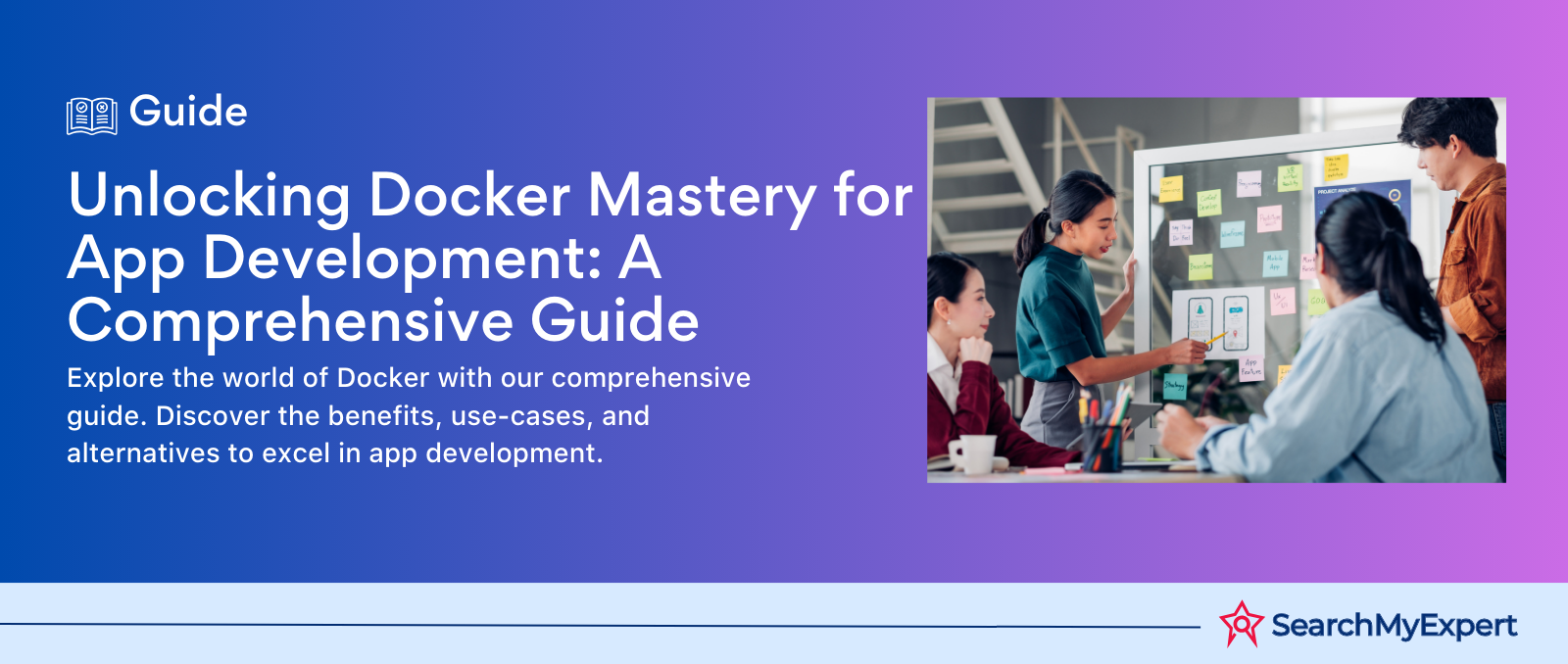
Mastering Docker for App Development: A Comprehensive Guide to Benefits, Use-Cases, and Alternatives
STAY UP TO DATE
GET PATH'S LATEST
Receive bi-weekly updates from the SME, and get a heads up on upcoming events.
Contact Us





